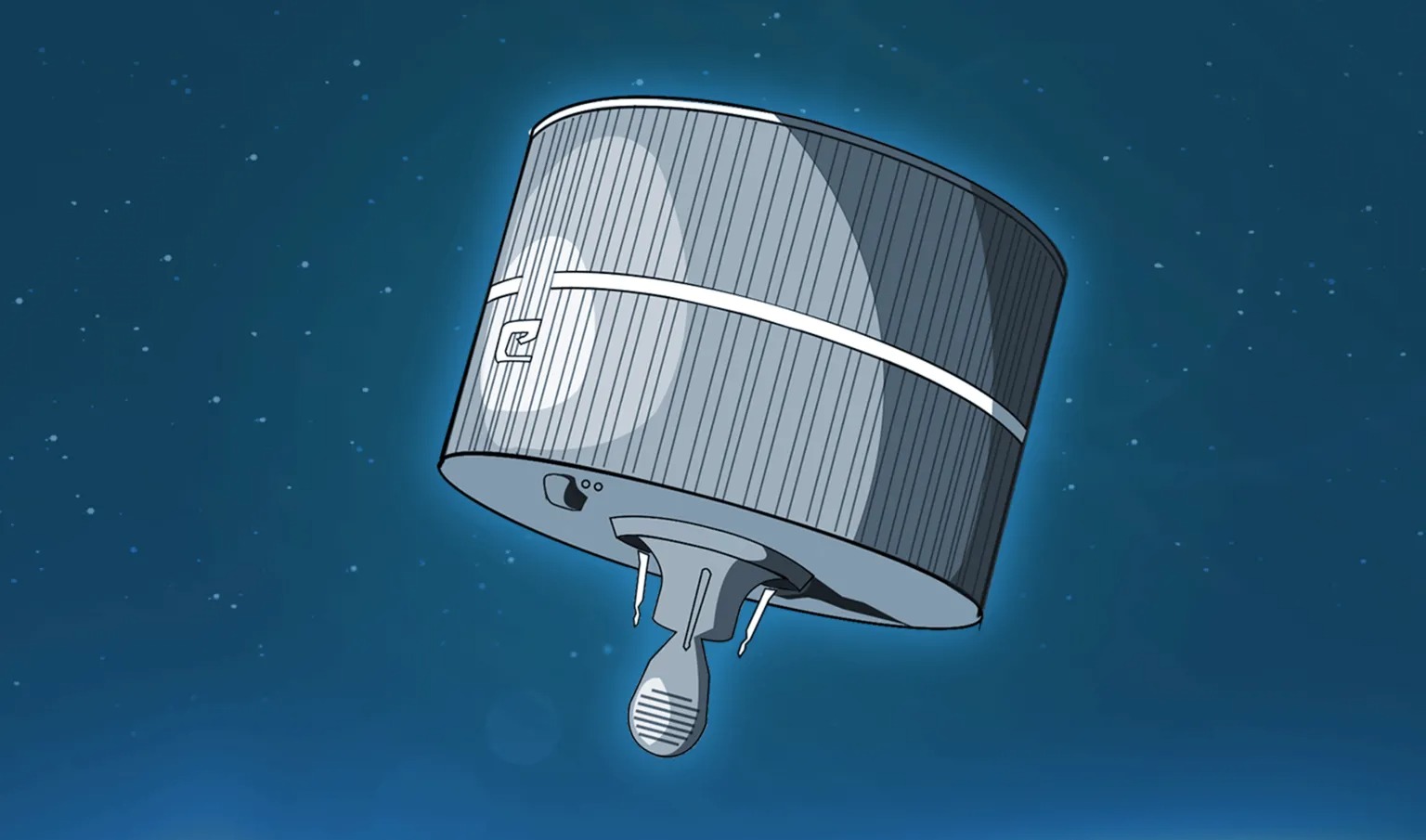
UK Oldest Satellite Moved: The Mystery Behind Skynet-1A’s Unexpected Location
The UK’s oldest satellite, Skynet-1A, has mysteriously moved thousands of miles from its original orbit, leaving experts puzzled. Launched in 1969, Skynet-1A was initially positioned above Africa’s east coast to support British military communications. However, this historic satellite is now orbiting half a planet away, raising questions about why the UK’s oldest satellite moved and who might have ordered this shift.
Orbital mechanics suggest Skynet-1A couldn’t have simply drifted; it was likely commanded to fire thrusters in the mid-1970s to change its position. Despite extensive searches through archives, there is no record of when or why this relocation happened, leaving experts and historians searching for answers.
Why the UK’s Oldest Satellite Moved Remains a Mystery
The mystery of why the UK’s oldest satellite moved has sparked interest, especially as Skynet-1A now occupies a “gravity well” at 105 degrees West longitude. According to space consultant Dr. Stuart Eves, this location places Skynet-1A in close proximity to active satellites, creating a risk of collision since it can no longer adjust its position. Because it’s a British satellite, the UK remains responsible for its location and potential hazards.
Today, protocols require defunct satellites to be moved to “orbital graveyards” to avoid congestion, but back in the 1970s, no such standards existed. This oversight has left Skynet-1A in a risky area, highlighting the importance of modern space sustainability.
External Link: More on space sustainability efforts at BBC
Internal Link: Learn more about satellite history at Kenkou Land
Theories Behind Why the UK Oldest Satellite Moved
One theory about why the UK’s oldest satellite moved involves temporary US control over Skynet-1A during maintenance at RAF Oakhanger, the satellite’s UK operations center. Rachel Hill, a PhD student, proposed that the Americans could have relocated the satellite when they briefly took control in the 1970s. However, no official documentation has confirmed this.
Some archival records suggest that in 1977, the UK’s connection to the satellite was lost, potentially leaving the US in control. But former Skynet-1A operator Graham Davison recalls only a “dual control” system and no specifics about any intentional relocation to its current position.
Rising Risks and Potential Solutions
The movement of the UK’s oldest satellite to a congested orbit poses risks to modern satellites, as it frequently crosses paths with active equipment. The Ministry of Defence has confirmed that Skynet-1A is monitored by the National Space Operations Centre, which alerts operators of possible close approaches. However, with space becoming increasingly crowded, experts suggest that relocating Skynet-1A or even deorbiting it might be necessary.
Efforts are underway in the UK and other countries to develop technologies that can capture and remove space debris. “Space debris is like a ticking time bomb,” warned aerospace professor Moriba Jah, noting that collisions can create thousands of debris pieces, posing further risks to operational satellites.





